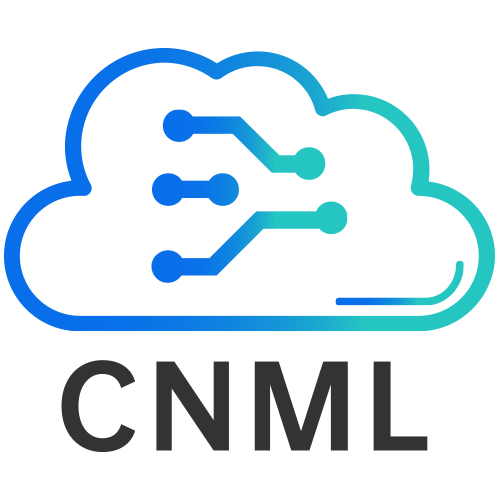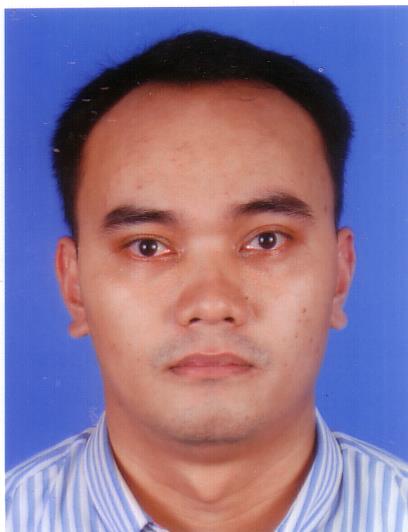
Prof. Badrul Hisham Ahmad
 | Prof. Badrul Hisham Ahmad IEEE Senior Member, Universiti Teknikal Malaysia Melaka, Malaysia Member of the International Steering Committee of the Asia-Pacific Microwave Conference General Chairman of the 2017 Asia Pacific Microwave Conference |
Biography:
Badrul Hisham Ahmad graduated with an honors degree in Electronic and Communication Engineering from the University of Leeds, UK in 1998. He received a M.Sc. degree from the University Kebangsaan Malaysia in 2003 and a Ph.D. from the University of Leeds, UK for a thesis on the design and development of SIW filters in 2008. His area of interest is Advance Microwave Filters and Antenna Propagation. He is also an active researcher with a good record of accomplishment with a number of research projects in RF and Microwave Engineering. He has published more than 200 journals and conference proceedings. He is a member of the International Steering Committee of Asia Pacific Microwave Conferences. He is the General Chair of the Asia Pacific Microwave Conference 2017. Currently, he is a Professor of Microwave Engineering at Universiti Teknikal Malaysia Melaka since 2018.
Speech title: Advancement of Digital Microwave Communication
Abstract: Fixed point-to-point microwave systems provide moderate-capacity digital transmission between well-defined locations. Most popular in situations where fiber optics or satellite communication is impractical, it is commonly used for cellular or PCS site interconnectivity where digital connectivity is needed but not economically available from other sources, and in private networks where reliability is most important. Until now, no book has adequately treated all engineering aspects of microwave communications in the digital age. This important new work provides readers with the depth of knowledge necessary for all the system engineering details associated with fixed point-to-point microwave radio path design: the why, what, and how of microwave transmission; design objectives; engineering methodologies; and design philosophy. A Brief History of Microwave Radio Microwave Radio Overview System Components Hypothetical Reference Circuits Multipath Fading Rain Fading Reflections and Obstructions Network Reliability Calculations Regulation of Microwave Radio Networks Radio Network Performance Objectives Designing and Operating Microwave Systems Antennas Radio Diversity Ducting and Obstruction Fading Digital Receiver Interference Path Performance Calculations Digital Microwave Communication: Engineering Point-to-Point Microwave Systems will be of great interest to engineers and managers who specify, design, or evaluate fixed point-to-point microwave systems associated with communications systems and equipment manufacturers, independent and university research organizations, government agencies, telecommunications services, and other users.